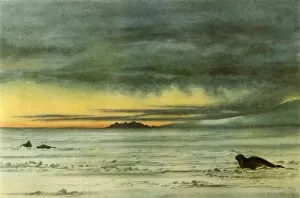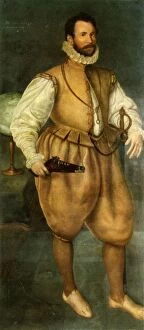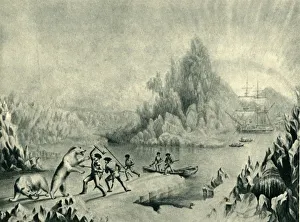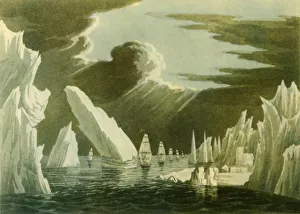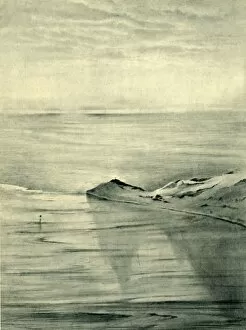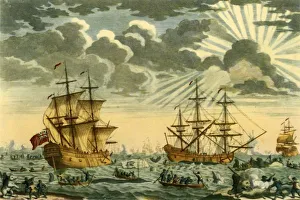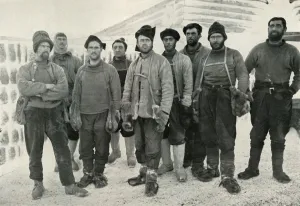Lieutenant Edward Rgr Evans Collection
Lieutenant Edward RGR Evans, a prominent figure in the exploration of the Arctic and Antarctic regions, played a crucial role in several expeditions throughout history
All Professionally Made to Order for Quick Shipping
Lieutenant Edward RGR Evans, a prominent figure in the exploration of the Arctic and Antarctic regions, played a crucial role in several expeditions throughout history. Inspired by renowned explorers like Sir Martin Frobisher and Sir James Clark Ross, Lieutenant Evans embarked on daring journeys that pushed the boundaries of human endurance. In 1821, while standing at the mouth of the Copper Mine River, Lieutenant Evans gazed out into the vast expanse of the Arctic Sea. The midnight sun cast an ethereal glow upon this breathtaking view, leaving him awe-struck by nature's magnificence. During his search for Sir John Franklin in the 19th century, Lieutenant Evans joined a relief party determined to find their missing comrade. Together with his fellow adventurers, he braved treacherous conditions and uncharted territories in pursuit of their noble mission. In 1911, as he looked northwards from McMurdo Sound, Lieutenant Evans marveled at Antarctica's untouched beauty. Accompanied by Edward Wilson and others on this expedition, they made significant scientific discoveries that would forever change our understanding of this frozen continent. While exploring North America in 1820s, Lieutenant Evans had a unique opportunity to immerse himself in Cree Indian culture when he found shelter inside one of their traditional tents. This encounter allowed him to gain insights into indigenous ways of life and fostered mutual respect between different cultures. One particularly harrowing experience occurred during June 1818 when Lieutenant Evans found himself trapped amidst ice floes while attempting passage through treacherous waters. Despite facing adversity head-on, his determination prevailed as he navigated through these icy obstacles with unwavering resolve. From Hut Point atop Observation Hill in Antarctica during 1911 expedition led by Robert Falcon Scott, Lieutenant Evan witnessed an awe-inspiring vista that stretched before him.

